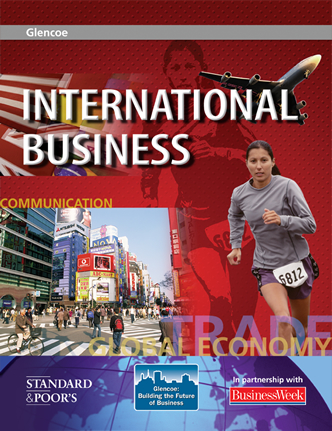
International BusinessChapter 10: Production and Quality ControlWorld Market Passport
The Environment Japan is country made up of over 3,000 islands in East Asia. Its location in the Pacific Ocean lies east of China, Korea, and Russia, and stretches from the Sea of Okhotsk in the north to the East China Sea in the South. Most of the islands are volcanic, including its highest peak, Mount Fuji. Tokyo, which is Japan's capital city, is the largest metropolitan area in the world. With the exception of the southernmost islands, the climate is predominantly cold. Japan is home to nine forest eco-regions ranging from subtropical to temperate, and much of the country endures seasonal heavy rains and typhoons. History Archeological records indicate that people having been living on the islands of Japan since the earliest periods of human development. However, the first mention of Japan was in Chinese history texts from the first century. Its history is marked by long periods of isolation alternating with radical influence from the outside world. In the Yamato period from the third to the seventh centuries, Japan was shaped by China, including the introduction of Buddhism and adoption of Chinese cultural practices. During medieval times, the emergence of a ruling class of warriors was known as the samurai. Traders and missionaries from Portugal reached Japan in the 16th century. Continued tumultuous times followed, and in 1854, the U.S. Navy forced the opening of Japan to the west. Japan then adopted many western institutions, including a modern government modeled after the British parliament system. In World War I, Japan fought on the side of the victorious allies and expanded its influence in Asia. In 1937, the country attacked China and in 1941, after suffering from oil embargoes and diplomatic pressure from the west, it attacked the U.S. naval base, Pearl Harbor. Days after that attack, Germany declared war on the United States which ultimately brought the U.S. into World War II. U.S. forces followed the Pearl Harbor attack with strategic bombings, including atomic bombs in 1945. That same year, Japan formally surrendered. In 1947, Japan adopted a pacifist constitution, yet remained occupied by the Americans until 1952. It has maintained a unitary constitutional monarchy and is a member of the United Nations, G8, G4, and APEC. Culture and People Japan's culture is a mixture of outside and internal influences. It is an economic world power, boasting the second largest economy, which relies heavily on the import and export businesses of automobiles, electronics, ships, textiles, processed foods and more. With a population of over 127.8 million people, the Japanese society is linguistically and culturally homogenous featuring a strong emphasis on education and healthcare. Traditional Japanese arts include crafts, performances, tradition, and cuisine. The martial arts are popular as is baseball, and auto racing. Click to hear the music of Japan.
|  |
















